January 30 – February 16, 2019
Curators: Eana Kim, Emily Margot Sussman, Kasalina Maliamu Nabakooza
Artists: Emily Castronuovo, Sarah Lane, Brianne Nagle, Abigail Phipps, Kayley Saade, Nora Wang
I’m Nobody! Who are you? (260) Emily Dickinson, 1830 – 1886
I’m Nobody! Who are you?
Are you – Nobody – too?
Then there’s a pair of us!
Don’t tell! they’d advertise – you know!How dreary – to be – Somebody!
How public – like a Frog –
To tell one’s name – the livelong June –
To an admiring Bog!
Identity is composed of factors both permanent and transient. Our identity is shaped by the relation of our bodies to the world, however, personalities and identities are multi-faceted and transcend corporeal experience. We pick up and leave our vestiges through our passage through time and space. Symbiotically, environments affect us, but we in turn, change them as well–we imprint ourselves both visibly and invisibly onto our surroundings.
Artists often interrogate the notion of “self.” “I” in the past is different from “I” in the present. The self is not fixed; the self is in a constant state of motion and change. It is impossible to meditate on the conception of the self from an outsider’s perspective. Identity is a composite of more than the political descriptors we believe we ascribe to: it is nebulous, fluid, and flexible. Thus, an artist’s replication of their own self-identity and perception cannot fully be understood by viewer nor curator, although the images are produced for our consumption. The question “Who am I” plagues every media and every artistic realm in search of the undefinable. Such an intangible inquiry can only try to be approachable through intense self-reflection and acceptance. I’m Nobody! Who are you? does not aim to answer questions surrounding form and self-perception, nor disavow the general perceptions of form and identity which are typically considered “identity” driven art. Rather, the work suggests identity is not fixed in any state. The artists’ work gestures to the immediacy and experimentation (both artistic and otherwise) that accompanies the fluctuations of identity in youth, revealing the subtleties that may unfold throughout one’s college years. The exhibition functions as an idiosyncratic archive of the lives of six emerging artists. The embodied experiences of Emily Castronovo, Brianne Nagel, Sarah Lane, Kayley Saade, Abigail Phipps and Nora Wang are actualized in their works.
Sarah Lane’s work is a metaphorical and literal passage through her daily commute. She is able to discover various shades of herself through the banal commute from Long Island to New York and back, that she has routinely taken throughout her life. The journey is disrupted by her close edits and the re-sequencing of images, thereby implementing a restructured temporal framework for the series. Do her nondescript views from the window reflect upon her constructed identity, or are they just fleeting influences on her life? There is a ubiquitousness to Lane’s work, suggesting our homes do not define our sense of self, unifying the roads and cul-de-sacs- of America.
Abigail Phipps deconstructs heteronormativity through engaging with Christian, queer identity, and sex work. The interactions in Phipp’s experiments with fabric, hair, photography and ceramic sculpture create fissures for the viewer to enter mentally. Focusing on her chosen family eschews her conservative upbringing. Lane and Phipps both conclude our sense of self is not defined by our upbringing, rather the choices we make along the way.
Emily Castronovo’s abstracted forms are direct expressions of thought. Kinetic energy flows through her deep line work. She is attracted to soft curves and pillowy cloud-like details from nature, while also gravitating towards the harsh, industrial angles found on street corners and sidewalks in her photographic practice. Her forms reveal the inner-workings of creativity and depict the process in which our thoughts are related and compounded.
While Castronovo’s work is focused on attempts to make the internal external, Brianne Nagel’s sculptural abstractions dissect the external body into pure linear forms and shapes, suggesting the fluidity of the internal. Through the layering of forms on semi-transparent materials, she creates otherworldly portraits of imaginary people, separated into points and curves floating through the ether. Ghostly and subtle, her figures are not anchored in the bodily, but instead subsist on the surface. Both artists are process based; their constant exploration of medium mirrors an exploration of oneself. As their work unfolds in real time it becomes elastic; the works can alter, flicker, and maintain semi-autonomy. For Castronovo, her pieces depend on her handwork, but change independently throughout her process. For Nagel, the work is left to the elements and can develop outside of her initial composition.
Kayley Saade’s works reflect her experience as a Korean-American. Having been raised in America by a Korean family, she recounts, “I experience a strange sensation in which hearing spoken Korean and seeing Korean text is extremely comforting and familiar to me but simultaneously alienates me from the culture and hinders my acceptance into the Korean community.” Saade’s sculptures reflect on the notion of performative identity. Her work aims to interrogate the societal systems that foster exclusion, and rehabilitate her connection to her Korean culture. She is primarily interested in experimenting with Korean words that have dual meanings.
Nora Wang creates subtle punctuations on paper and fabric, which she calls “dot drawings.” Interested in Zen Buddhism and Japanese art practice, Wang’s practice resembles the act of meditation. She penetrates extremely small holes on paper with sharp pens. In her larger-scale works, she invites viewers to physically walk through or around the object(s) and to contemplate that specific moment in time and space. Her large installations and textile artworks utilize both cold and warm lights to create a theatrical atmosphere and heightened shadowplay. In her most recent work, she tattoos the bodies of close friends. Here, she considers her friends as active participants in a performance.
While there are points of intersection between these artists’ use of media, form and content, they ultimately diverge in their approach to the transience and impermanence of identity construction in artistic practices. I am Nobody! Who are you? is a poetic concretion of these six artists’ experiences navigating the modern world, and reflects upon the ongoing transformation of their lives as artists.
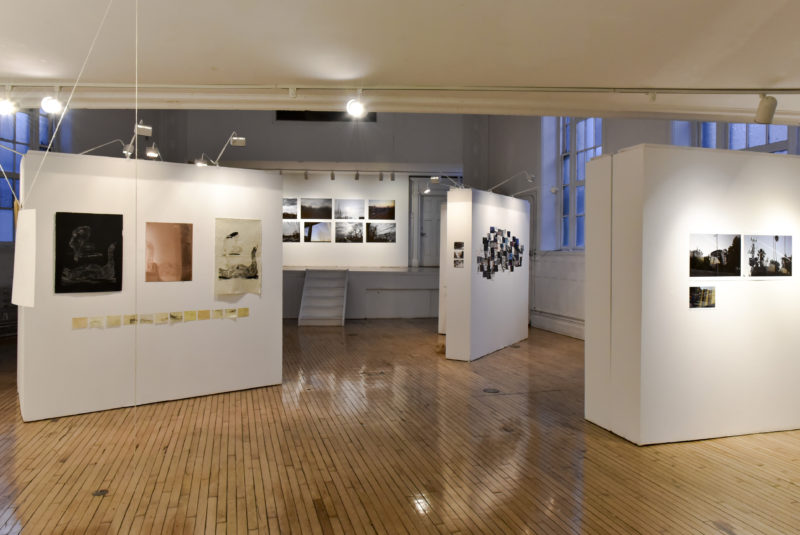
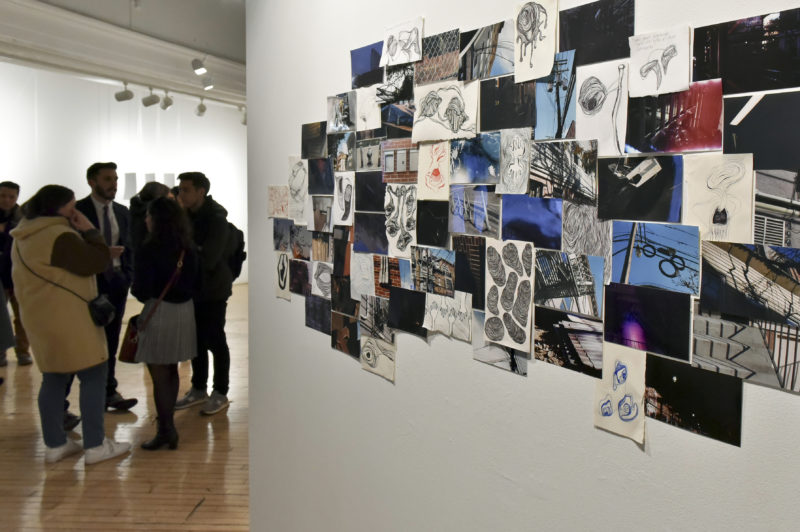
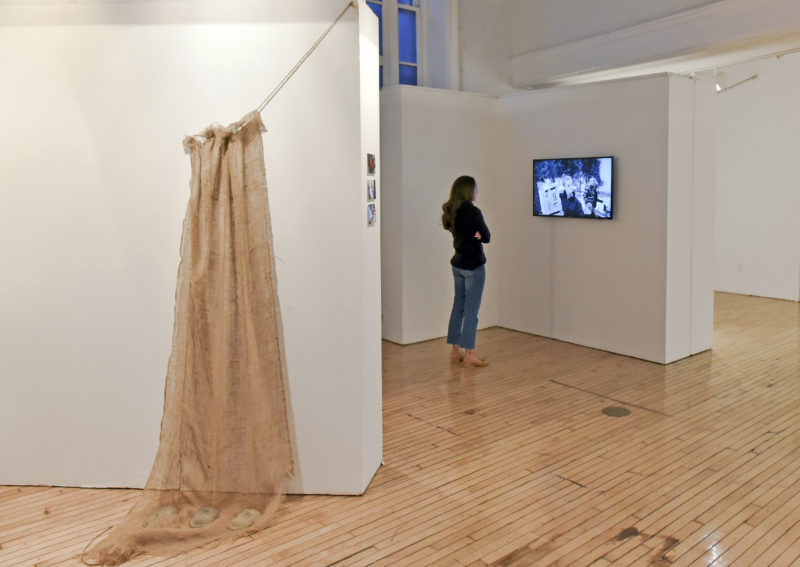
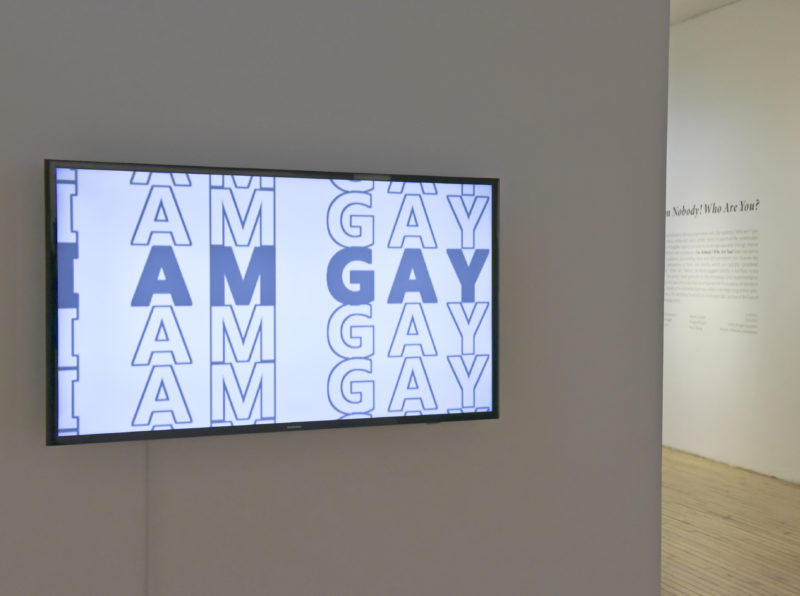
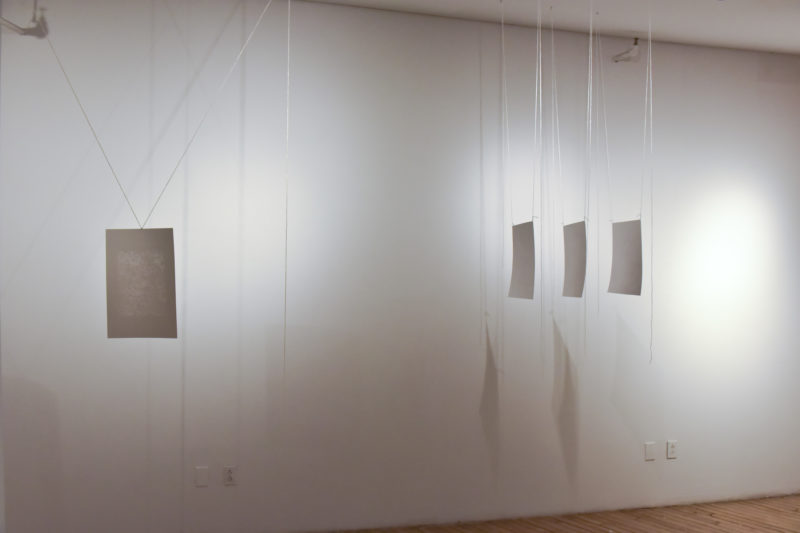
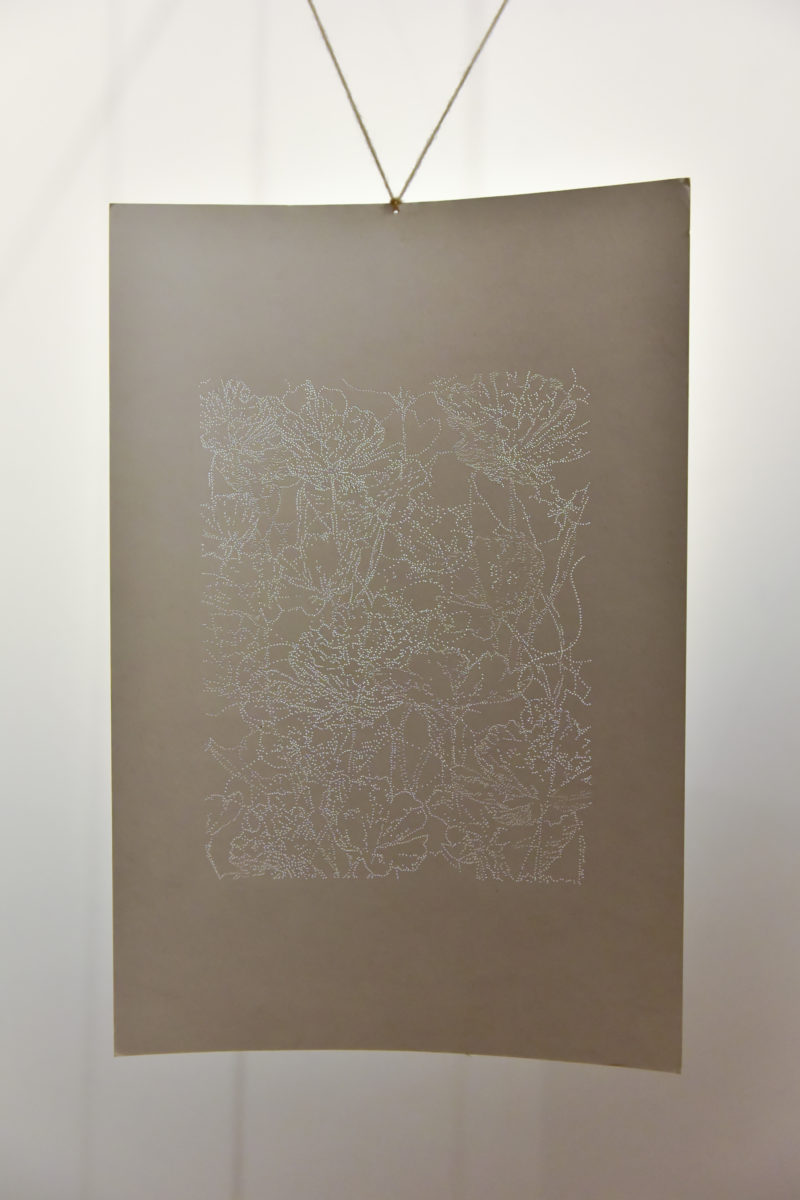
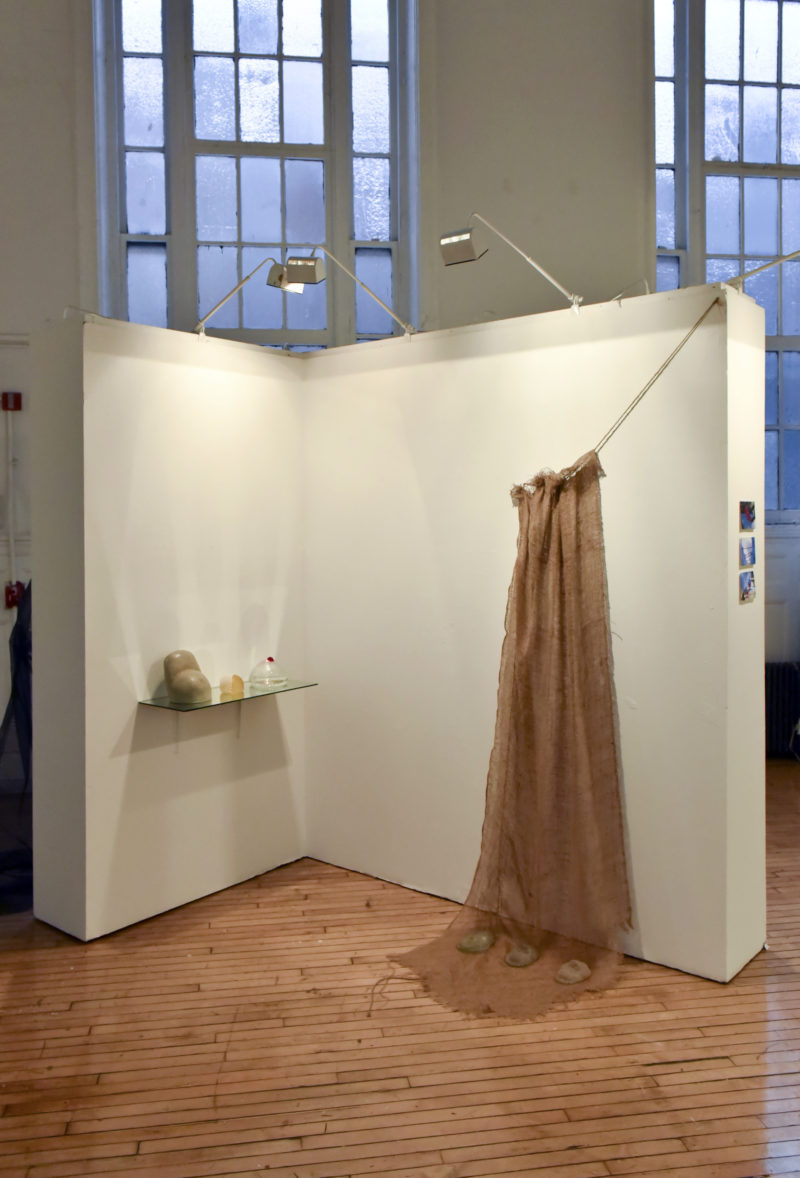
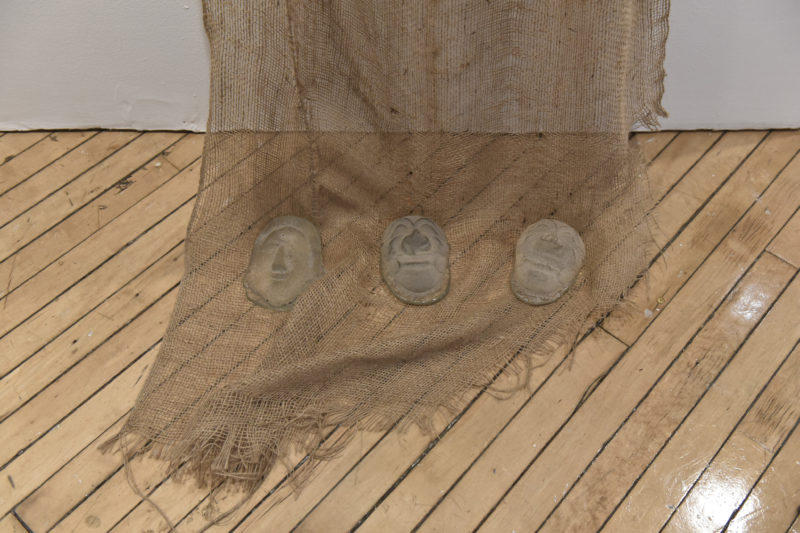
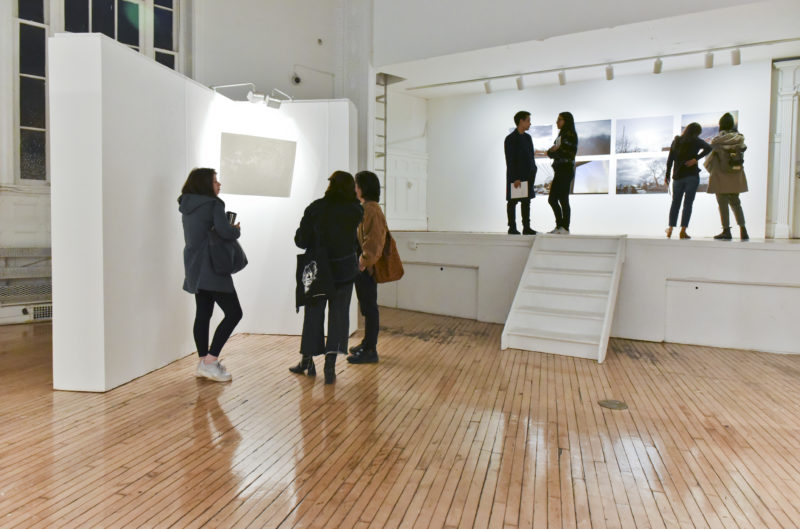
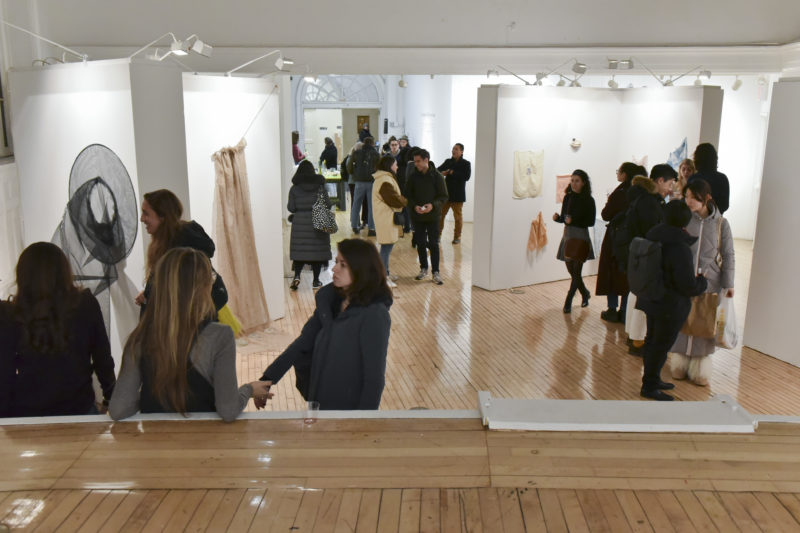
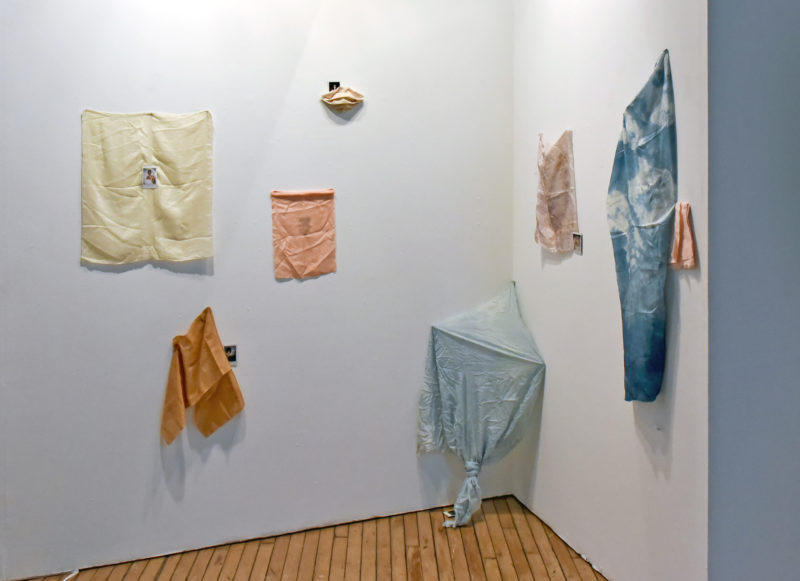
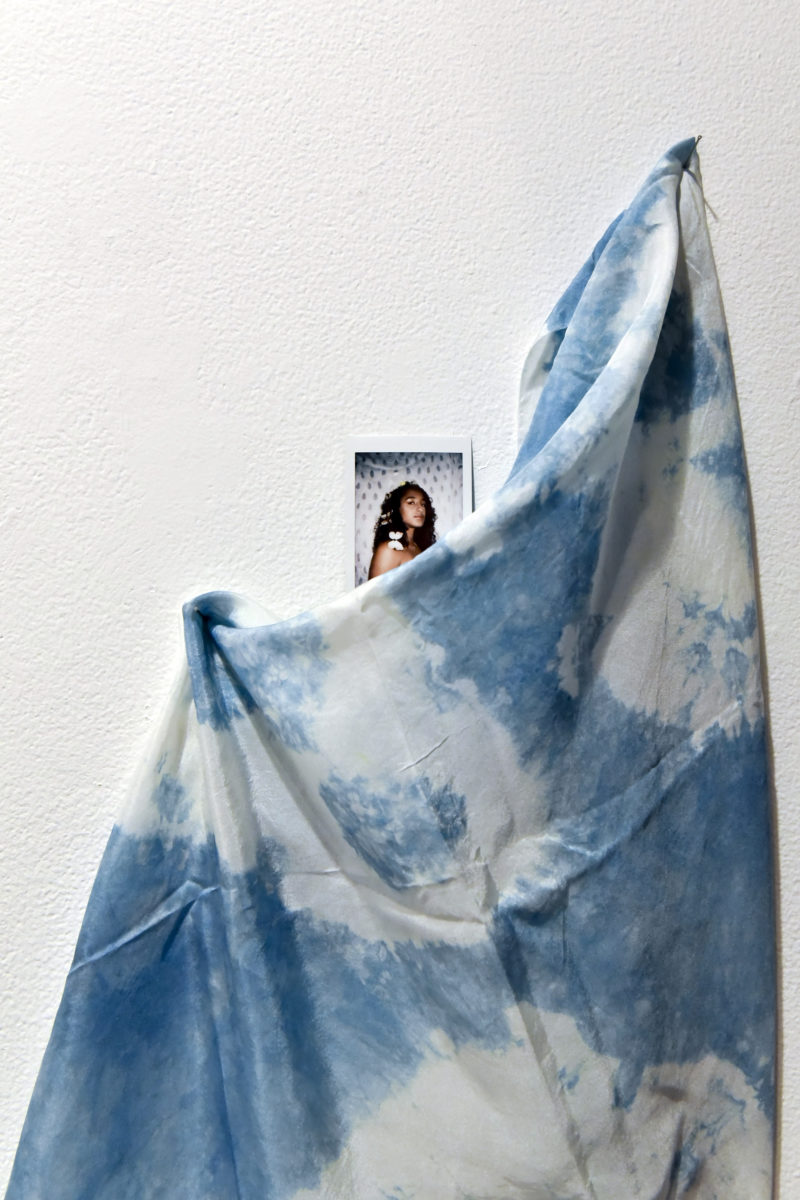
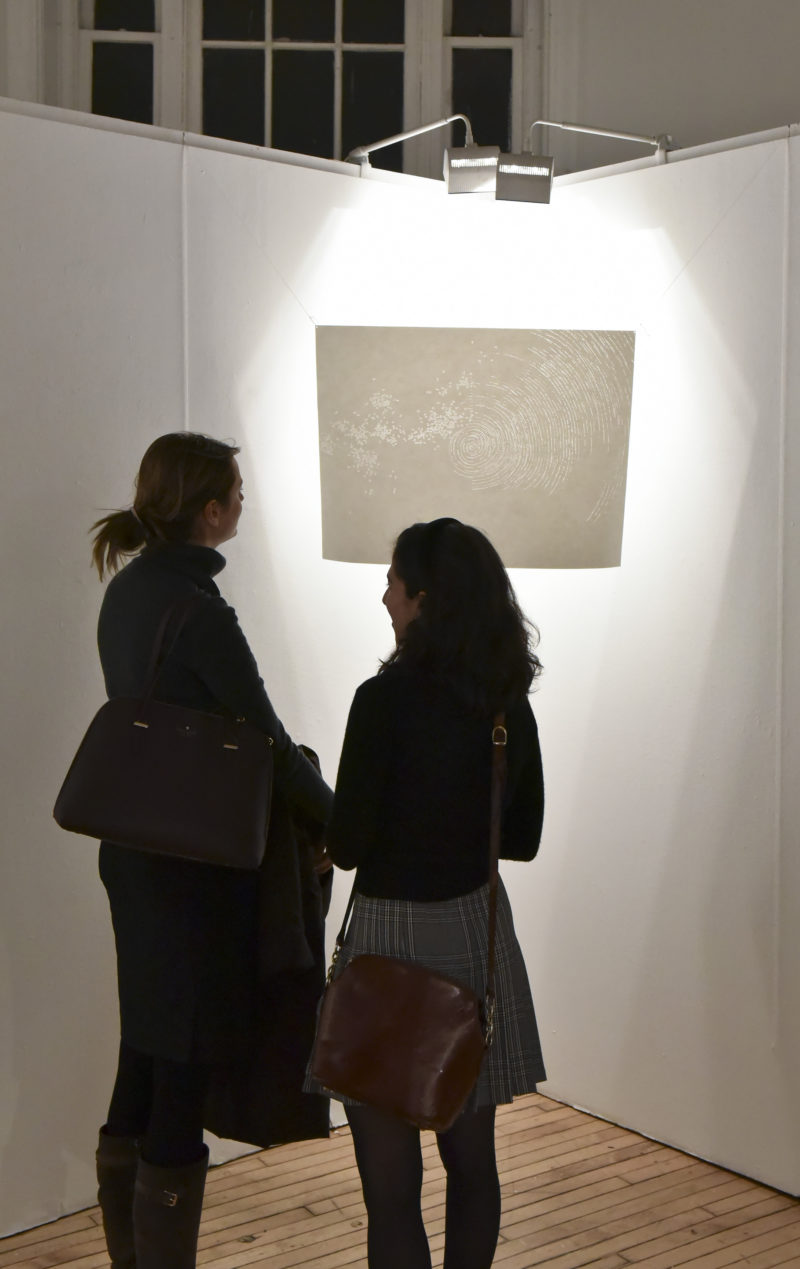
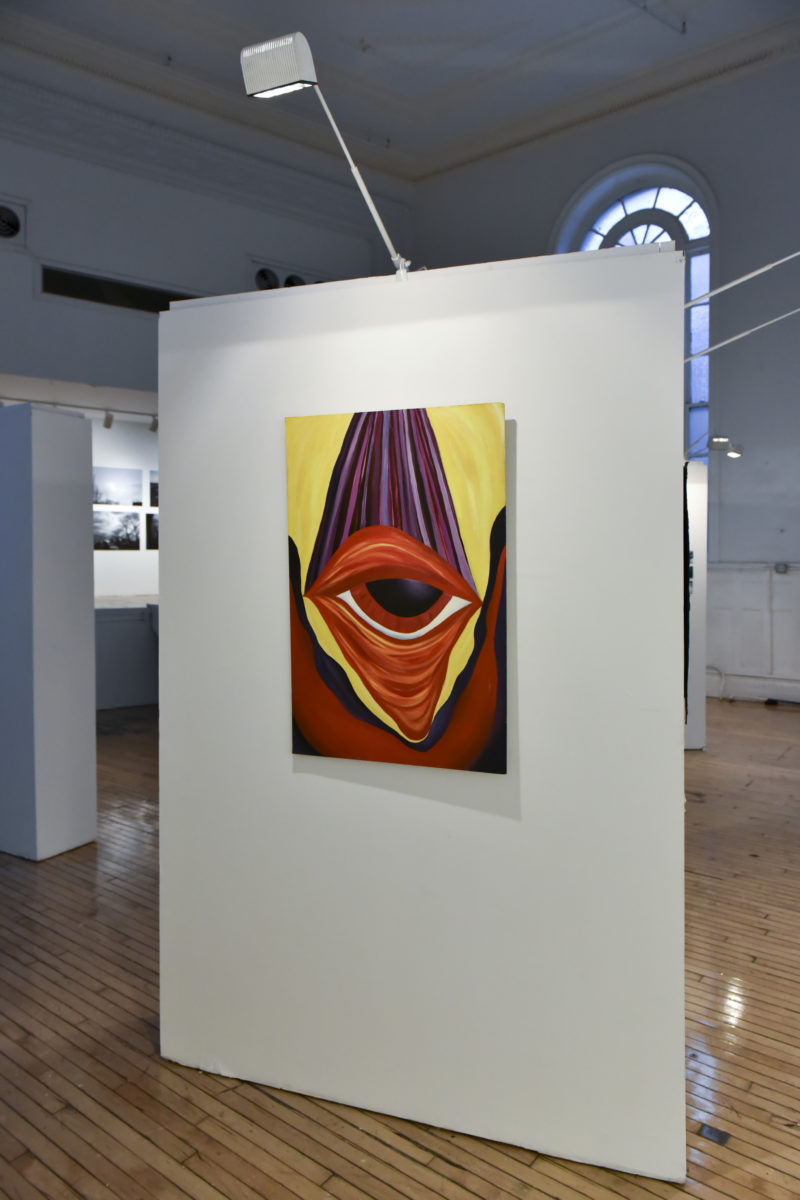
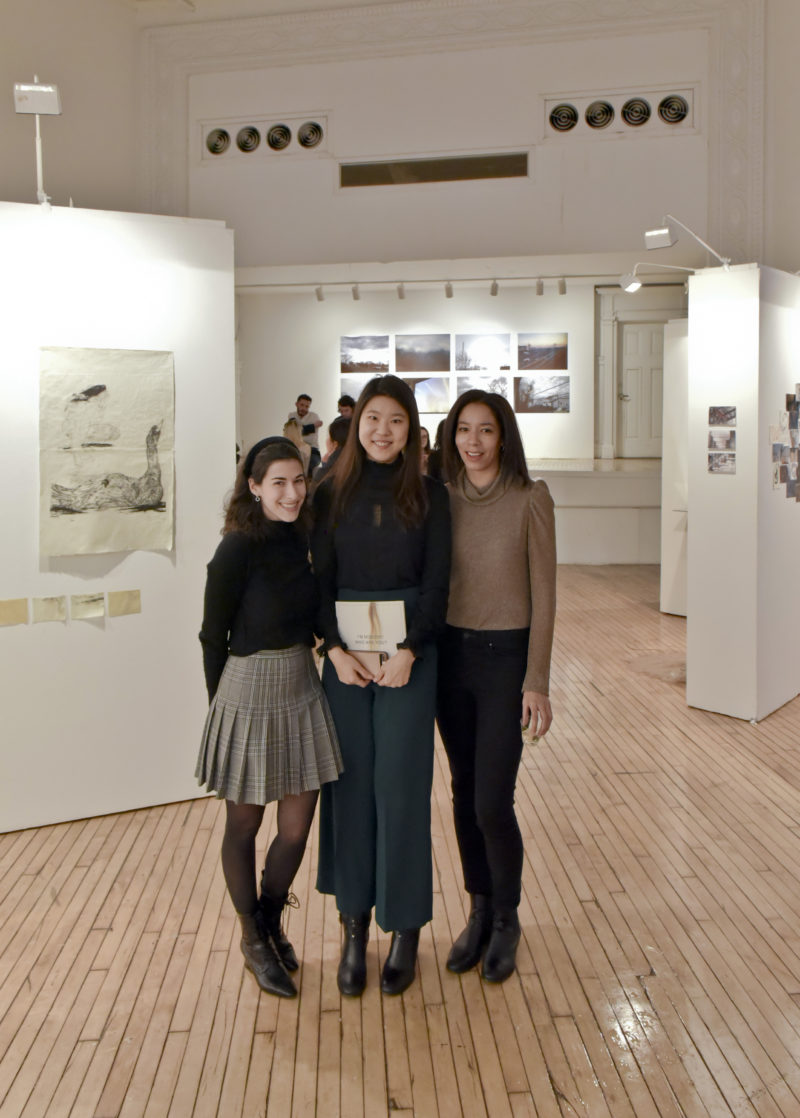
Photos by A. Leonardo Amiri